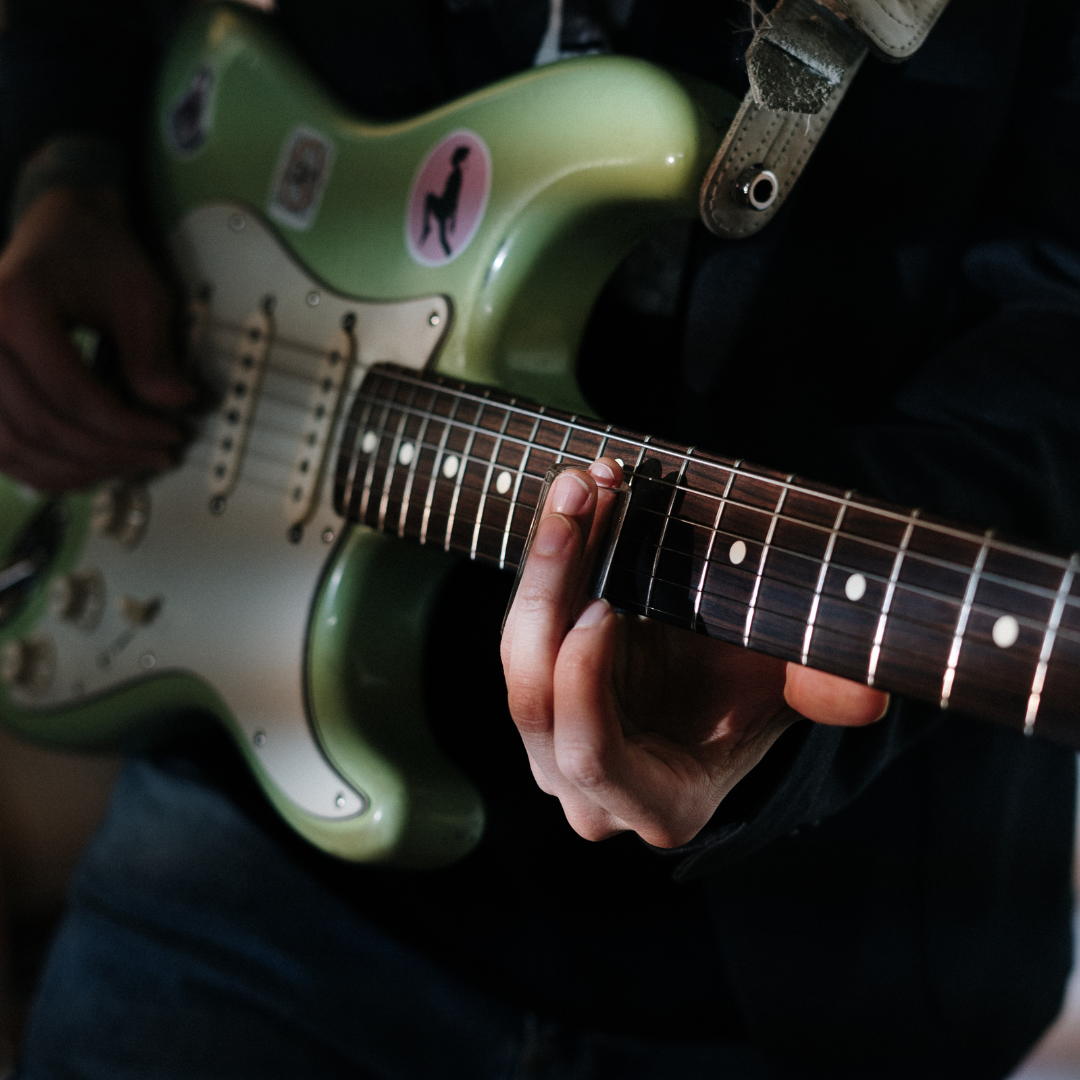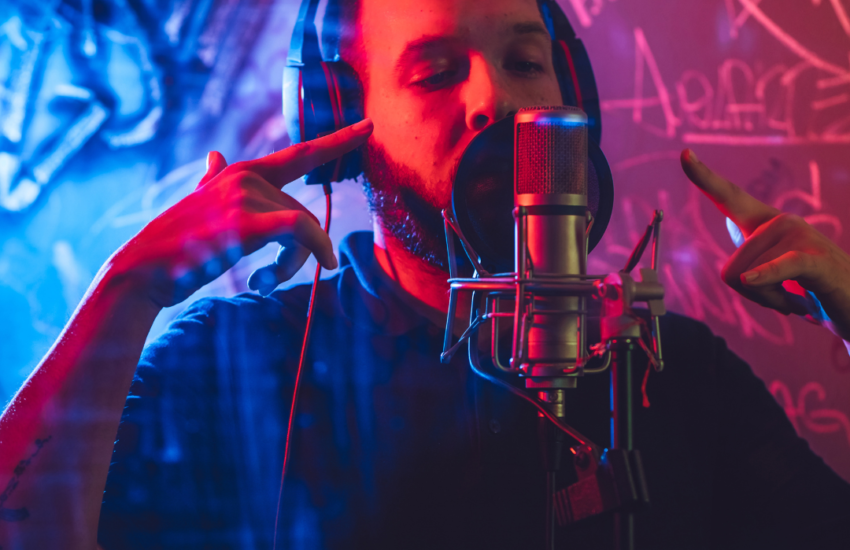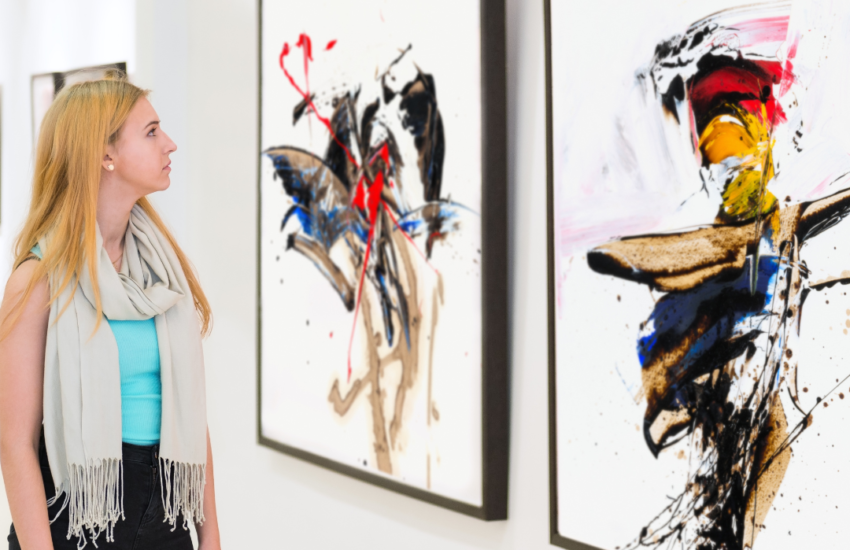Electronic Music History
For as long as humans have been making music, the music itself has been made with acoustic instruments. Sometimes, the strings of a violin. Sometimes, the pipes and bowls of a wind instrument. And, of course, the wooden body of a plucked instrument such as the guitar and the human voice. The evolution of music didn’t stop there, though. New music genres were born as humans learned to make better and more compact instruments and instruments with far greater capability. Electronic music was born. And its evolution is fascinating.
Electronic music has been around for a long time, but its history is shrouded in obscurity. As technology advances, so do our devices, and the hardware used to create this music is constantly changing as well. But without the history of electronic music, it would not be possible to understand what the devices are and how they work—or how they’re made.
Electronic music is composed and performed for electronic instruments, primarily samplers, and synthesizers, rather than acoustic instruments, such as pianos, strings, woodwinds, or percussion. It has become popular with the production of inexpensive, digital instruments. It is most commonly associated with the 1980s and 1990s, although renaissance and baroque composers such as John Dowland and Tomas Luis de Victoria used electronic instruments.
Electronic music (aka EDM) has been around for decades, but only recently has the art form exploded in popularity. The genre first became popular in the rave scene during the late 1980s and early 1990s, but the genre’s popularity didn’t really take off until the early 2000s. Since the turn of the century, EDM has steadily risen in mainstream popularity.
If you’re like most music fans, you know your music history. What you may not know is just how far-reaching the impact of electronic dance music has been on the world of popular music. From groups like Kraftwerk to Michael Jackson to Daft Punk, electronic music has woven its way into the fabric of modern musical culture. The electronic musician Skrillex even made history this year, becoming the first EDM artist to be nominated for a Grammy Award for Best Electronic/Dance Album.
Most electronic music fans can’t say exactly when electronic music first became mainstream, but they know it was sometime in the 1980s and ’90s. And like most genres, its origins are disputed. Some people credit Kraftwerk or Vangelis for inventing the genre, and others claim it was Kraftwerk’s tape-based avenue of experimentation that sparked its birth.
Electronic music has been around for decades, but the genre really took off in the mid-1990s to late-1990s, when DJs began mixing music directly from their hard drives into their computers. Today, this music is more popular than ever, with electronic music festivals popping up at beaches, lakes, and mountains all over the world. EDM, in particular, has exploded in popularity, with superstar DJs like Skrillex, Calvin Harris, and deadmau5 all making bank on huge festival tours.
Electronic music has long been a staple of electronic dance music. But what exactly is it? It’s a genre of music that began in the 1980s that marries aspects of hip-hop, funk, jazz, rock, house, techno, trance, and more.
Electronic music is quite a long and interesting history. There are defining moments in its history; these moments are when electronic musical instruments and electronic music production started coming together. This type of music has been around for a long time. Still, it started to become popular in 1957 when Luigi Russolo built a sound sculpture at the 1st International Exhibition of Contemporary Industrial and Decorative Arts in Milan. This sculpture was made up of thousands of metal rods that clicked when activated by music.
Electronic music is all about using sound creatively, so it makes sense that the men and women who do this work are creative. This creative spirit reverberates throughout the history of electronic music, as artists in the early days of such music experimented with sound, technology, and genres. The 1970s were an incredibly fertile time, as innovation flourished with the introduction of modular synthesizers from manufacturers such as Minimoog and ARP and the popularity of artists like Kraftwerk, Jean-Michel Jarre, and Giorgio Moroder.



